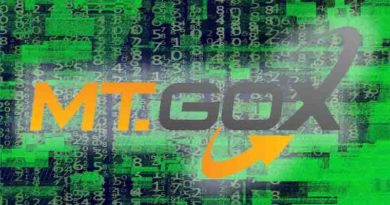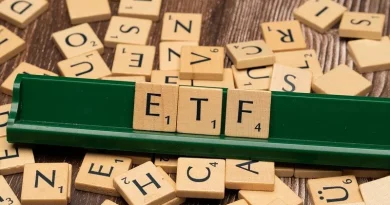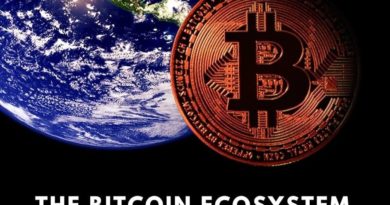Unveiling the Potential of Decentralized Applications (DApps) and Non-Fungible Tokens (NFTs)
Navigating the Digital Frontier
In today’s digital landscape, innovation knows no bounds. From decentralized finance to digital art, Decentralized Applications (DApps) and Non-Fungible Tokens (NFTs) have emerged as transformative forces, reshaping industries and revolutionizing how we interact with the digital realm. In this comprehensive guide, we delve deep into the world of DApps and NFTs, uncovering their potential and exploring the myriad opportunities they present.
Understanding DApps: Empowering Decentralization
Decentralized Applications (DApps) represent a paradigm shift in how software applications are built, deployed, and governed. Unlike traditional applications that are centralized and controlled by a single entity, DApps operate on decentralized networks, utilizing blockchain technology to ensure transparency, immutability, and security.
Key Characteristics of DApps
Furthermore, Decentralization allows DApps to operate without the need for intermediaries, fostering trustless interactions among users. The immutable blockchain ensures transparent and accountable transactions and data within DApps. Moreover, Autonomy is a crucial feature of DApps, as they operate autonomously, governed by predefined protocols and smart contracts, thereby reducing the risk of censorship or manipulation.
Diving into the DApp Ecosystem
The DApp ecosystem encompasses a diverse range of applications spanning various industries, including finance, gaming, supply chain management, and social media. From decentralized exchanges facilitating peer-to-peer transactions to decentralized social networks empowering users to control their data, the possibilities are endless.
Unlocking the Power of NFTs: Redefining Ownership in the Digital Age
In recent years, Non-Fungible Tokens (NFTs) have taken the digital world by storm, offering a new paradigm for ownership and provenance. Unlike cryptocurrencies such as Bitcoin or Ethereum, which are fungible and interchangeable, NFTs are unique, indivisible tokens that represent ownership or proof of authenticity of digital assets.
Key Features of NFTs
NFTs boast uniqueness, with each token being distinct, ideal for representing rare digital assets like art and collectibles. Immutable Ownership is guaranteed as NFTs are stored on the blockchain, providing irrefutable proof of ownership. Additionally, NFTs offer interoperability, enabling trading across platforms, granting creators access to global audiences and revenue streams.
Exploring NFT Use Cases
The versatility of NFTs extends beyond the realm of digital art, encompassing a wide range of use cases across industries. Moreover, from tokenizing real-world assets like real estate and intellectual property to enabling verifiable ownership of digital content and collectibles, NFTs revolutionize value interaction in the digital age.
Bridging the Gap: The Intersection of DApps and NFTs
DApps and NFTs converge, sparking innovation and creativity in a symbiotic relationship. By integrating NFTs into DApps, developers can unlock new functionalities and experiences. This empowers users to tokenize assets, create unique digital experiences, and participate in decentralized ecosystems.
Synergies Between DApps and NFTs
Tokenization in DApps leverages NFTs to tokenize digital and real-world assets, enabling fractional ownership and decentralized trading. Decentralized NFT-powered marketplaces in DApps allow creators to directly mint, buy, sell, and trade digital assets. Additionally, DeFi is enhanced by NFTs, which can be used as collateral or liquidity within decentralized finance protocols. Unlocking new opportunities for asset-backed lending and borrowing.
Conclusion: Embracing the Future of Digital Innovation
As we venture into the digital frontier, DApps and NFTs lead innovation, shaping decentralized ecosystems and digital ownership’s future. By leveraging blockchain, we unlock potential, empower creators and users, and transform industries beyond imagination.




